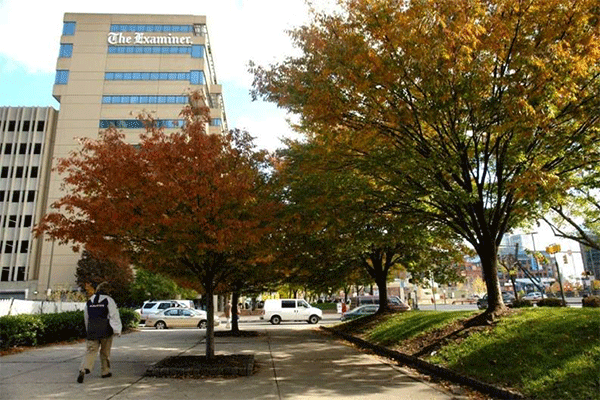Two trees are planted at the same time. They are the same species and cultivar. They are the same size at planting and provided the same care. Over the next five to ten years, one tree grows faster and appears healthier than the other.
Beginning a Diagnosis
Tree owners ponder why this is happening and what might be done to speed growth of the slower tree. It would be nice if we could x-ray trees and see what is happening inside the trunk and with root systems. Instead, we observe, ask questions, and make educated guesses.
- Were the trees purchased from the same place?
- Were they planted by the same person on the same day?
- Has anything been done to one that was not done to the other?
- Has the soil near the slower growing tree ever been disturbed?
- Was something else planted where the slower tree is or the site used for something such as a construction dumping ground?
Any number of questions could be asked and sometimes the mystery is solved by one or more of the answers; or at least a very good guess is made. However, if nothing is uncovered through questioning and the slower growing tree has no obvious issues like a trunk injury or pest problem; a number of factors, or a combination of factors, could be responsible.
Common Culprits - Planting Depth
A common issue is planting too deep. If the trunk of the slower tree does not flare slightly above ground level, the tree was planted too deep. If the flare is visible above ground on the faster growing tree, this is a good start to solving the mystery.
Plant trees so the trunk flare remains above ground. To do this, the flare needs to be located before digging the planting hole. We often find trees planted too deep in their nursery containers and as much as 2 to 6 inches of soil may need to be scraped away to locate the trunk taper and first lateral root.
Once this is located, only then dig the planting hole. Do not dig it any deeper than needed for the root ball to be placed on firm, undisturbed soil in the hole; and the trunk taper remains about an inch above ground level. If the root ball is set on loosened soil, it will settle and the tree ends up too deep.
Girdling Roots
Another issue is girdling roots. These occur most commonly on container grown trees. Roots begin to grow in a circle inside the container and continue to do so after planting until they restrict root growth and/or girdle the trunk.
At planting, always look for encircling roots or girdling roots that are wrapped around the trunk. Even if they are only on one side of the plant, remove them. Girdling roots eventually choke off the tissue responsible for uptake of water and nutrients.
Other Root Problems
The slower growing tree may not have as good of a root system as the faster growing tree. The reasons for this are many and range from 1) the tree was planted in an alkali pocket, 2) poorly drained soil, or 3) over a dumping ground for construction debris to voles tunneling around the roots and feeding.
The Bottom Line...
It can be difficult to pinpoint the exact reason why one tree grows faster than another. And most likely there is not much that can be done. If the tree is small but otherwise healthy, it may catch up some day. If the tree is spindly and has branch dieback, or there is a visible root girdling the trunk, it may be wise to replace it.

